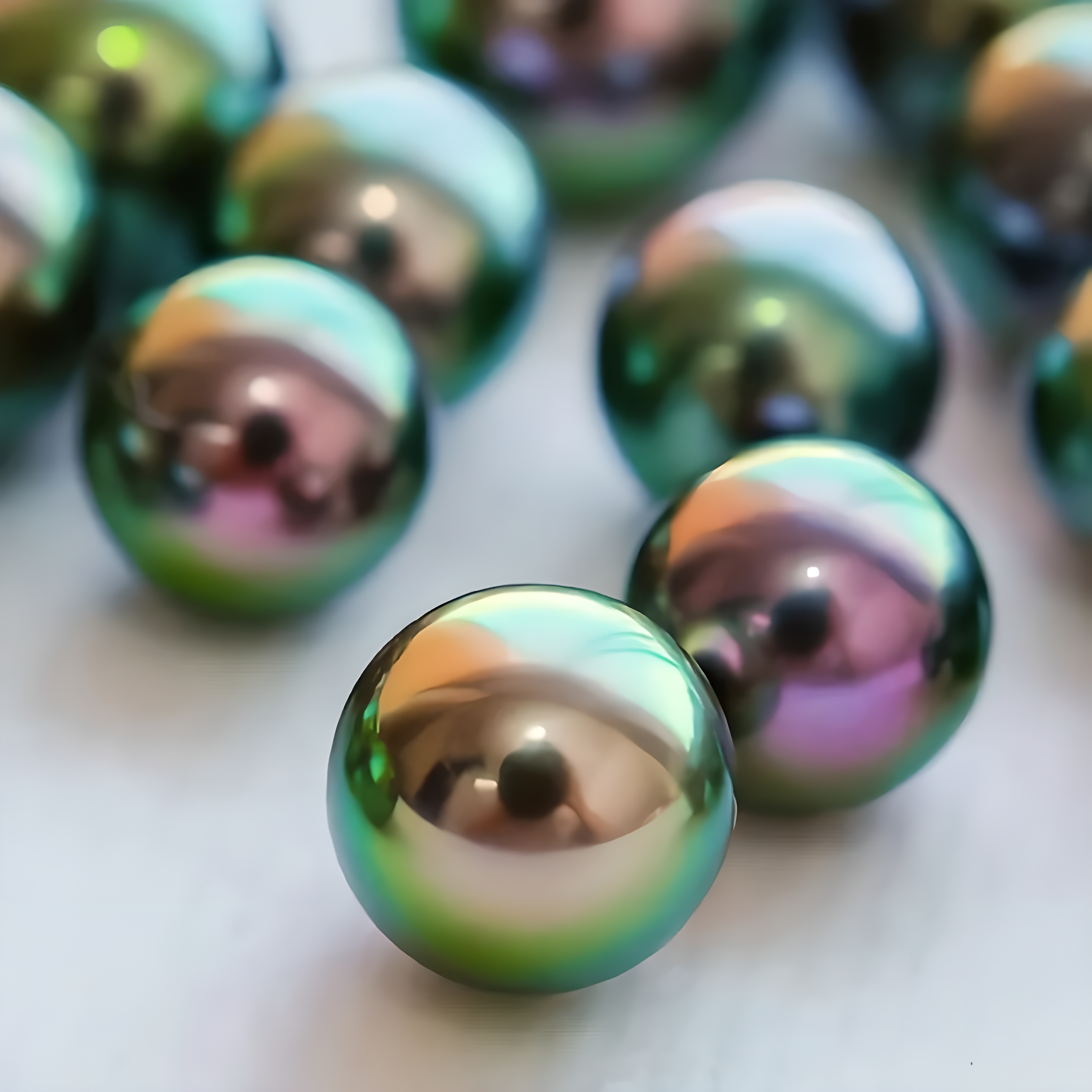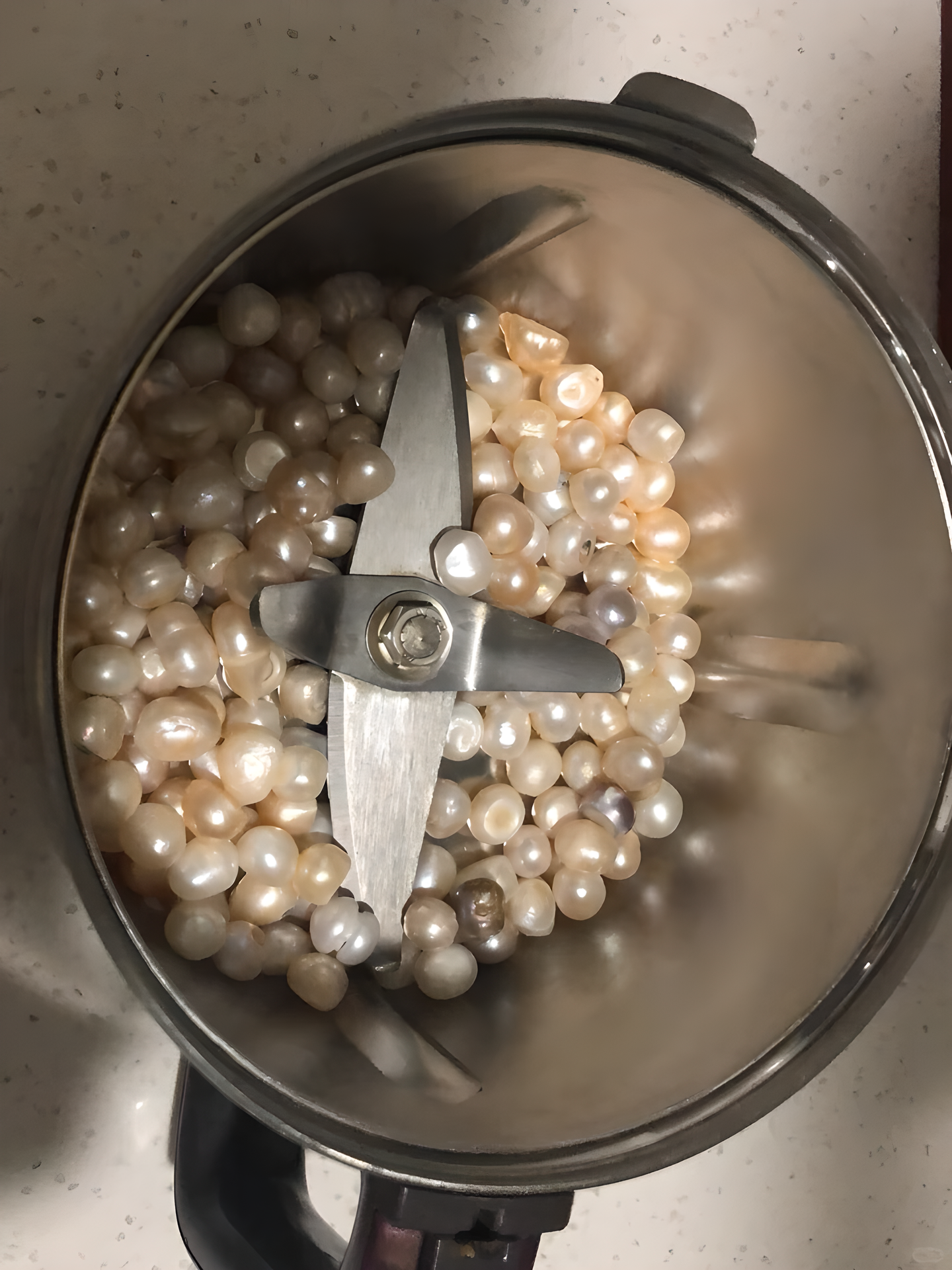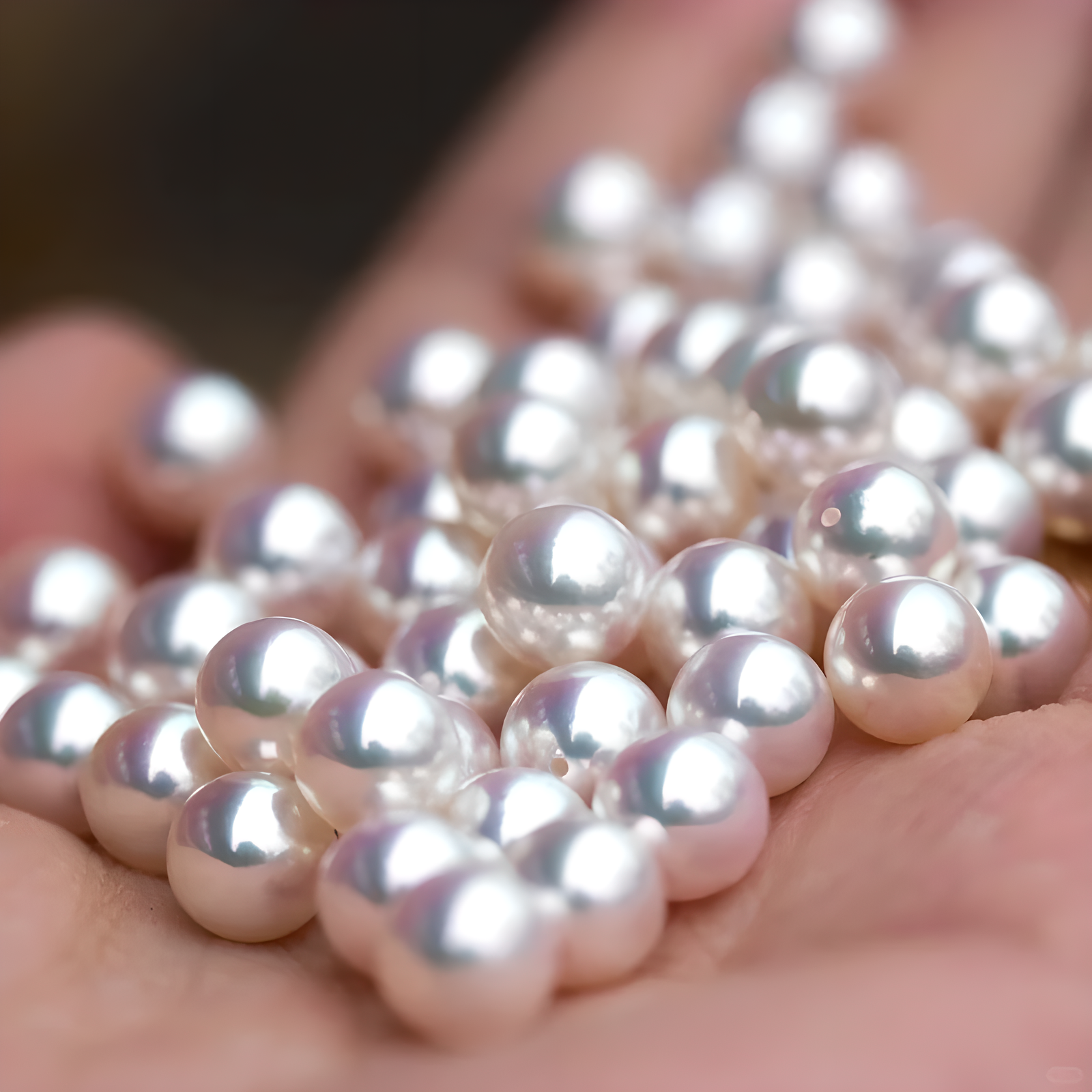
What Makes Saltwater Pearls Unique? How Origins Impact Value & Beauty
Understanding Geographical Indications for Saltwater Pearls
Pearls are treasures of the ocean, each type carrying a unique history shaped by its place of origin. The World Jewellery Confederation, CIBJO, plays a key role in defining and standardizing the classifications and geographical indications of these pearls. By setting these parameters, CIBJO helps consumers and jewelers worldwide distinguish between the various types of pearls, their origins, and their defining characteristics(CIBJO). But why do these geographical distinctions matter? Let’s explore how the origins of saltwater pearls, including Akoya, South Sea, and Tahitian pearls, add value and uniqueness to these gems.

Akoya Pearls – Beyond Japan
Traditionally, Akoya pearls have been synonymous with Japanese production. While Japan remains a premier source for Akoya pearls, known for their sharp luster and exceptional quality, other regions are also recognized for producing these gems. According to CIBJO guidelines, Akoya pearls are cultivated not only in Japan but also in Australia, China, Hawaii, Vietnam, and Indonesia(CIBJO).
Each region imparts unique characteristics to its Akoya pearls. For instance, Chinese Akoya pearls might exhibit warmer overtones, while Australian Akoya pearls can be larger in size. Hawaii, a lesser-known producer, is in a developmental phase for Akoya pearl farming. This diversification expands the options for buyers, allowing them to choose pearls based on preferred color, size, and luster.
By understanding that "Akoya" is not exclusively "Japanese," consumers can appreciate the variety and individuality each region brings to Akoya pearls.
South Sea Pearls – The Prestige of White and Golden Varieties
The South Sea pearl is renowned for its large size, luxurious luster, and shades ranging from brilliant white to rich gold. The unique appeal of South Sea pearls is closely tied to their geographical origins, which include Australia, China, Indonesia, Japan, Cambodia, Korea, Myanmar, the Philippines, Thailand, Vietnam, Seychelles, and Solomon Islands.
The South Sea pearls owe their prestige largely to the Pinctada maxima oyster, which produces both white and golden varieties. The environment, oyster type, and cultivation methods play significant roles in creating each pearl's unique appearance. For example, Australian waters are known for yielding pristine white South Sea pearls, while the Philippines and Indonesia produce rich golden-hued varieties.
This widespread geographical production results in a diverse array of South Sea pearls, each influenced by its place of origin, ensuring that every pearl carries a unique aesthetic and story.
Tahitian Pearls – The Exclusivity of French Polynesia
Tahitian pearls are often mistaken as a general term for black pearls, but in reality, they possess a strong geographical indication that sets them apart. Per CIBJO guidelines, a pearl must be cultivated in French Polynesia to earn the name "Tahitian"(CIBJO)(CIBJO). This distinction guarantees that the name represents the specific qualities and origins associated with pearls from that region.
The most famous islands within French Polynesia producing Tahitian pearls include the Tuamotu, Gambier, and Society Islands. These pearls are derived from the black-lipped oyster, Pinctada margaritifera, and are celebrated for their stunning colors ranging from peacock green to deep black.
It is critical to differentiate between generic black pearls and Tahitian pearls, as the latter’s origin adds both value and prestige. Only pearls from French Polynesia can be rightfully called "Tahitian pearls," making this designation a key factor in their market value.
Lesser-Known Origins and Varieties of Black Pearls
While Tahitian pearls from French Polynesia are the most famous black pearls, other regions also cultivate high-quality black pearls. For example, Fiji, Cook Islands, Kiribati, Solomon Islands, and even Australia have established pearl farms that produce these stunning gems. Each of these regions imparts distinct hues and overtones to their black pearls.
Moreover, within French Polynesia itself, sub-regions like the Tuamotu, Gambier, and Society Islands have environmental variations that influence the characteristics of the pearls they produce. This regional diversification adds further depth to the variety of black pearls available in the market.
Understanding the Value of Geographic Indications
Geographical origin plays a critical role in determining a pearl’s value, quality, and rarity. CIBJO's comprehensive guidelines help clarify the differences among pearls, ensuring that buyers can distinguish between pearls like Akoya, South Sea, and Tahitian based on their origins(CIBJO). This transparency prevents misunderstandings and ensures that customers make informed purchases based on the specific qualities they seek.
Geographic indications enhance the story behind each pearl. They provide authenticity and elevate the appreciation of the pearl's beauty, directly tied to the water it came from.
Conclusion – Empowering Pearl Enthusiasts with Knowledge
Understanding the origins and classifications of pearls enriches the buying experience. When you delve into the geographical nuances, you uncover a world of diversity, history, and natural beauty. Whether you are a seasoned collector or a first-time buyer, knowing where your pearls come from—and why it matters—empowers you to make a choice that aligns with your preferences and values.
So, the next time you admire a strand of pearls, remember that each one carries a piece of its origin—whether the waters of Japan, the shores of Australia, or the islands of French Polynesia. Happy pearl hunting!



Leave a comment
This site is protected by hCaptcha and the hCaptcha Privacy Policy and Terms of Service apply.